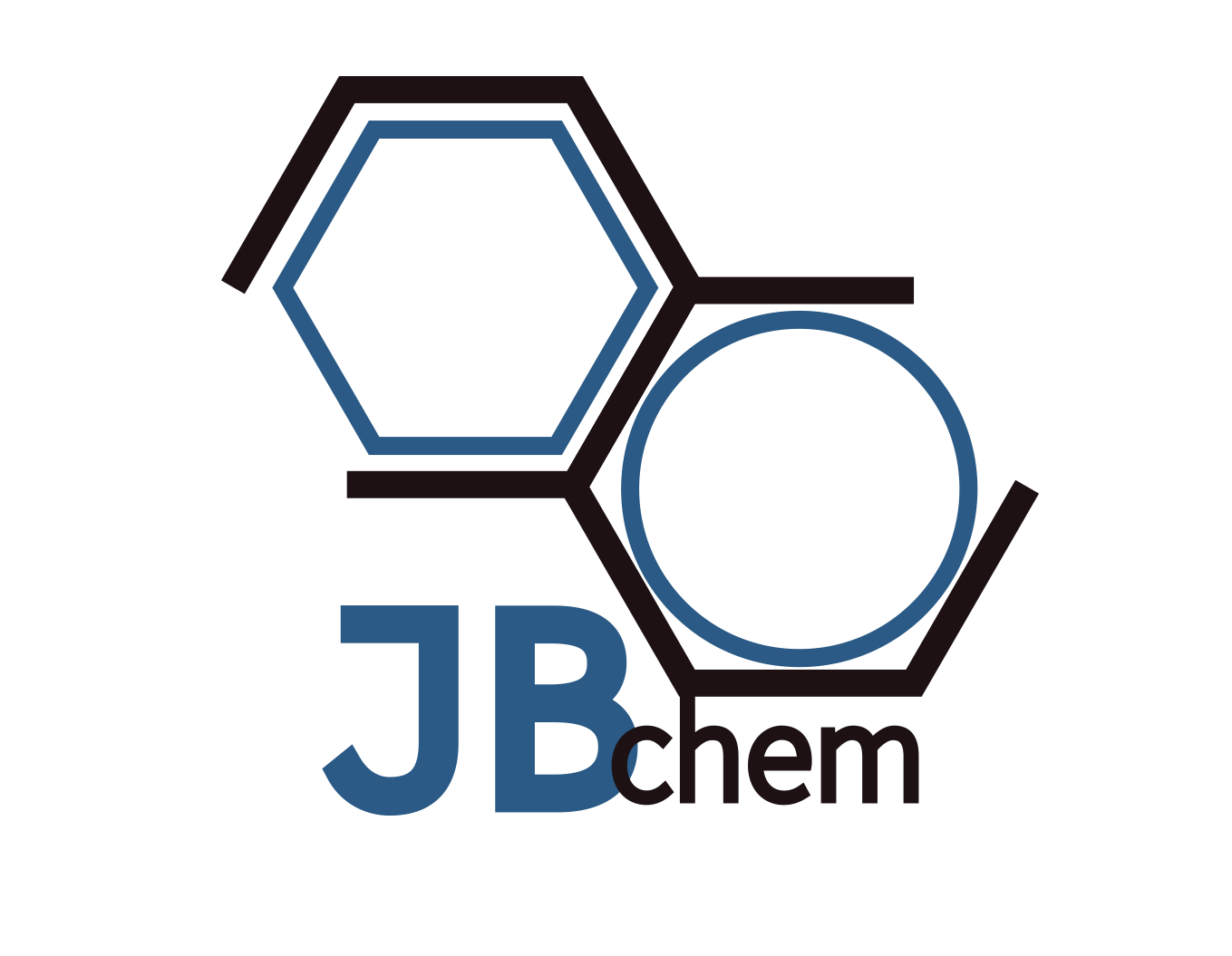Product Properties
Lead (Pb) nanopowder/nanoparticles (nm & um)
Size | Type | Particle size(nm) | Purity(%) | Specific surface area(m2/g) | Bulk density(g/cm3) | Polymorphs | Color |
nm | JB-Pb-001 | 60 | >99.9 | 48 | 0.54 | spherical | black |
sub um | JB-Pb-002 | 20um | >99.9 | 33.6 | 1.1 | spherical | black gray |
Custom | Acccording to customers requirment. | ||||||
Lead (Pb) Nanopowder Main Feature
Enhanced Reactivity: The nanoparticles have a significantly high surface area compared to their volume, which increases their reactivity. This makes lead nanopowder more effective in catalytic and chemical applications where surface area plays a crucial role.Optical Properties: At the nanoscale, quantum mechanical effects become significant, altering the optical properties of materials. Lead nanoparticles may exhibit unique optical behaviors not found in bulk lead, potentially useful in photonic devices and sensors.Compactness: While lead is already known for its high density, lead nanoparticles can be packed densely in a given volume, enhancing their use in applications requiring high mass but minimal volume, such as radiation shielding materials.Conductivity: The electrical properties of lead, including its conductivity, can be influenced by the nanoparticle form, possibly offering novel applications in microelectronics or electrochemical devices.Strength and Hardness: Nanostructuring materials can significantly improve their mechanical properties, such as strength and hardness. Lead nanopowder might offer advantages in composite materials where these properties are desirable.
Lead (Pb) Nanopowder Applications
- Enhanced Efficiency: The high density and atomic number of lead make it an excellent material for radiation shielding against X-rays and gamma rays. Nanoscale lead can be used in the development of lightweight, flexible, high-efficiency shielding materials for medical, nuclear, and aerospace applications.
- Lead-Acid Batteries: While traditional lead-acid batteries utilize bulk lead, nanoparticulate lead can improve the electrochemical performance and increase the surface area of the electrodes, potentially enhancing battery efficiency, capacity, and life span.
- Corrosion Protection: Lead nanopowder can be incorporated into coatings to protect metals against corrosion, especially in harsh environments. However, the environmental impact and health risks limit its use in accessible surfaces and consumer products.
- Chemical Synthesis: Nanoscale lead serves as a catalyst in certain chemical reactions, including the synthesis of fine chemicals. Its high surface area to volume ratio can increase the efficiency and selectivity of catalytic processes.
- Solder and Electronic Components: Lead nanopowder can be used in the manufacture of solders and electronic components, where its properties contribute to improved performance. Lead’s role in electronics is decreasing due to regulations like the Restriction of Hazardous Substances Directive (RoHS) that limit its use.

